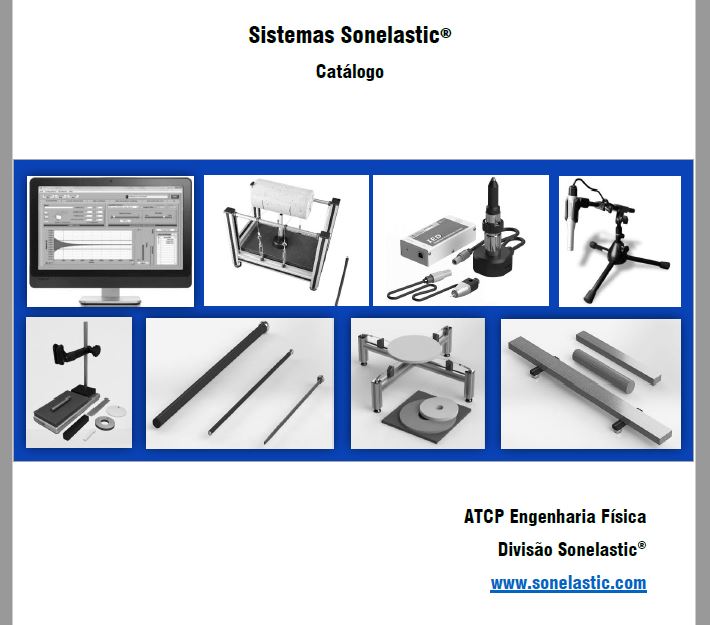Modulus of elasticity of typical composite materials
The tables below show the values of Young's modulus (modulus of elasticity) at room temperature for several composites used in engineering. The material's properties are expressed in average values or in ranges that can vary significantly depending on the processing and on the material's quality, or on the possible presence of mineral fillers. The exact values can be measured by the non-destructive Sonelastic® Systems.
Composite materials
| Material | Modulus of elasticity | |
| GPa | 106 psi | |
| Composite materials | ||
| Aramid fibers-epoxy matrix: | ||
| Longitudinal: | 76 | 11 |
| Transverse: | 5.5 | 0.8 |
| High modulus carbon fibers-epoxy: | ||
| Longitudinal: | 220 | 32 |
| Transverse: | 6.9 | 1.0 |
| E-glass fibers-epoxy matrix: | ||
| Longitudinal: | 45 | 6.5 |
| Transverse: | 12 | 1.8 |
| Values for reference only. For exact values, characterize the material using Sonelastic® Systems. | ||
The elastic moduli (Young's Modulus, shear modulus and Poisson's ratio) and damping of composites can be accurately characterized by the non-destructive Sonelastic® Systems testing at room temperature, as well as at low and high temperatures, and/or curing time. The knowledge of exact values is vital for the optimization of the material's use and for the reliability of simulations via finite elements. The elastic moduli and damping characterizations are also employed in the engineering of new variations of these materials.
References
Modern Plastic Encyclopedia´96, The McGraw-Hill Companies, New York, NY; R. F. Floral and S. T Peters.


